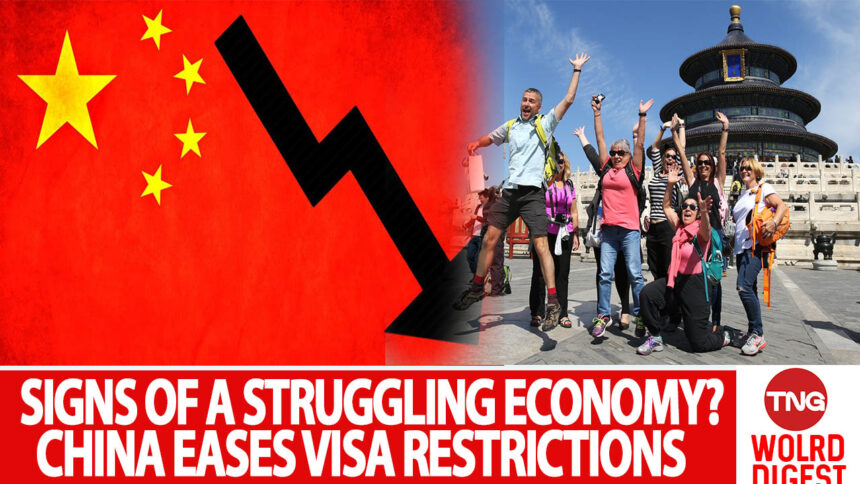In a strange and surprising move, China has announced an expansion of its visa-free transit policy, allowing eligible international visitors to stay in the country for up to 10 days amid its economic struggles. This policy, which took effect on Tuesday, December 17, 2024, applies to passport holders from 54 countries, including the US, Canada, and several European and Asian nations.
To be eligible, travelers must have confirmed tickets to exit China within 10 days and can enter the country in 60 places across 24 provinces, including Beijing and Shanghai.
Spokesperson Lin Jian made the remarks at a daily press briefing in response to recent posts, pics, and video clips about Chinese travel trending overseas social media.
In his response, Lin Jian said: “I also saw quite a few ” China Travel” videos posted by foreign internet users. Through their lens, many foreign friends offer a glimpse of the thriving and modern cities in China as well as the hustle and bustle of ordinary Chinese.”
“In recent months, China has implemented a complete mutual visa exemption with 26 countries. We have issued a unilateral visa-free policy for 38 countries, including France and Germany, a visa-free transit policy for 54 countries, and reached mutual visa-free agreements with 157 countries and regions, Lin Jian added.
However, critics argue that China’s decision to ease visa restrictions can be seen as a sign of a struggling economy. By extending the visa-free transit policy to 10 days, China aims to attract more foreign tourists and boost its economy, which has been experiencing slow growth in the third quarter of this year.
According to official data from China’s National Bureau of Statistics, China’s GDP growth rate has fallen to 4.6% in the third quarter of 2024. This is the weakest quarterly growth since the global financial crisis.
The 4.6% growth rate is less than the previous quarter and below the government’s “around 5%” target for this year. This is the second quarter in a row that China’s official measure of economic growth has fallen below the 5% target.
In an attempt to boost its economic growth, Beijing has announced a number of measures aimed at supporting growth, including limiting the number of new vehicles on the roads and closing or upgrading facilities of 1,200 companies. The government has allocated 1.2 trillion yuan in local bond quotas this year to help resolve existing hidden debts and settle government arrears to firms. The latest is the unilateral visa-free policy for 38 countries.
In November, the People’s Bank of China (PBOC) announced the country’s biggest stimulus package since the pandemic, including large cuts to interest and mortgage rates.
These measures aim to address the structural challenges in the economy, including weak credit demand from businesses and consumers, and support the government’s growth target of around 5%.
China’s decision to ease visa restrictions is a desperate attempt to revive its struggling economy. While the move may increase revenue, it is unlikely to impact the country’s overall economy. The government must address real issues such as the property market downturn, declining foreign investment, weak consumer demand, the current trade war with the US, and the slowdown in China’s exports to a rise in labor unrest.














